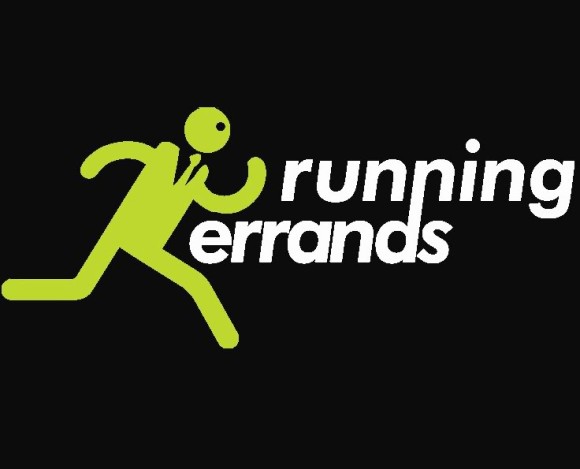Estimated reading time: 4 minutes
Really? I hate Russian dolls, they’re so full of themselves.
Paul slept so well he didn’t even stir when Sue awoke and came into the kitchen. The golf game wiped hime out yesteday. Entering the kitchen, Paul spotted the quilt meaning he had to get it to the cleaners EARLY so we could get it back today! Off and running he was.

Into the ol’ grey steed and putt putting down the street with errand list in hand before 8:30 AM. First stop, the cleaners! We negotiated a deal. I give him a quilt needing cleaning and by 5:00 PM he will return it…what a deal!

Did You Know? Like many inventions, dry cleaning came about by accident. In 1855, Jean Baptiste Jolly, a French dye-works owner, noticed that his table cloth became cleaner after his maid accidentally overturned a kerosene lamp on it. Operating through his dye-works company, Jolly offered a new service and called it “dry cleaning.”
Early dry cleaners used a variety of solvents — including gasoline and kerosene — to clean clothes and fabrics. In the United States, the dry-cleaning industry is fairly new and has developed only during the past 75 years. Since World War II ended, the volatile synthetic solvents carbon tetrachloride and trichlorethylene gave way to a product known as perchlorethylene (perc), which became the overwhelming solvent choice for the industry. It was not only safer and faster, but did a much better job of cleaning, required less massive equipment, less floor space, and could be installed in retail locations offering excellent quality one-hour service.
A cleaning machine is a motor-driven washer/extractor/dryer that holds from 20 to 100 pounds (9 to 45 kg) of clothes or fabrics in a rotating, perforated stainless-steel basket. The basket is mounted in a housing that includes motors, pumps, filters, still, recovery coils, storage tanks, fans, and a control panel. In all modern equipment, the washer and the dryer are in the same machine. Doing this makes it possible to recover nearly all of the perc used during cleaning, which is better for the environment and saves the dry cleaner money.
As the clothes rotate in the perforated basket, there is a constant flow of clean solvent from the pump and filter system. The solvent sprays into the basket and chamber constantly — not only immersing the clothes, but gently dropping and pounding them against baffles in the cylinder as well. The dirty solvent is pumped continuously through the filter and re-circulated free and clear of dirt that gets trapped in the filter.
Now, off to the market to get the heavy stuff…Snapple! Next Paul headed for the shoe store so Sue would not have to go barefoot this evening…or worse, wear tennis shoes to dance in!
Finally the hardware store to get a painters professional drop-cloth…the trash cans are getting a little too colorful these days!
Back home and brunch! Sue fixed the soup from Old Ranch with great additions including cheese and spices…the soup was to die for!
We watched one NCIS episode and then headed to the showers as we had an appointment with our financial advisor at 2:30 PM in Laguna Beach. The news was OK, we will make some money this year but not as good as last year…as long as we ain’t loosing we be good!

We headed home, watched a little TV and then off to the Phoenix Club for dinning and dancing.
We departed about 9:30 PM but had to return as Paul forgot the wine bag which was under the table.

